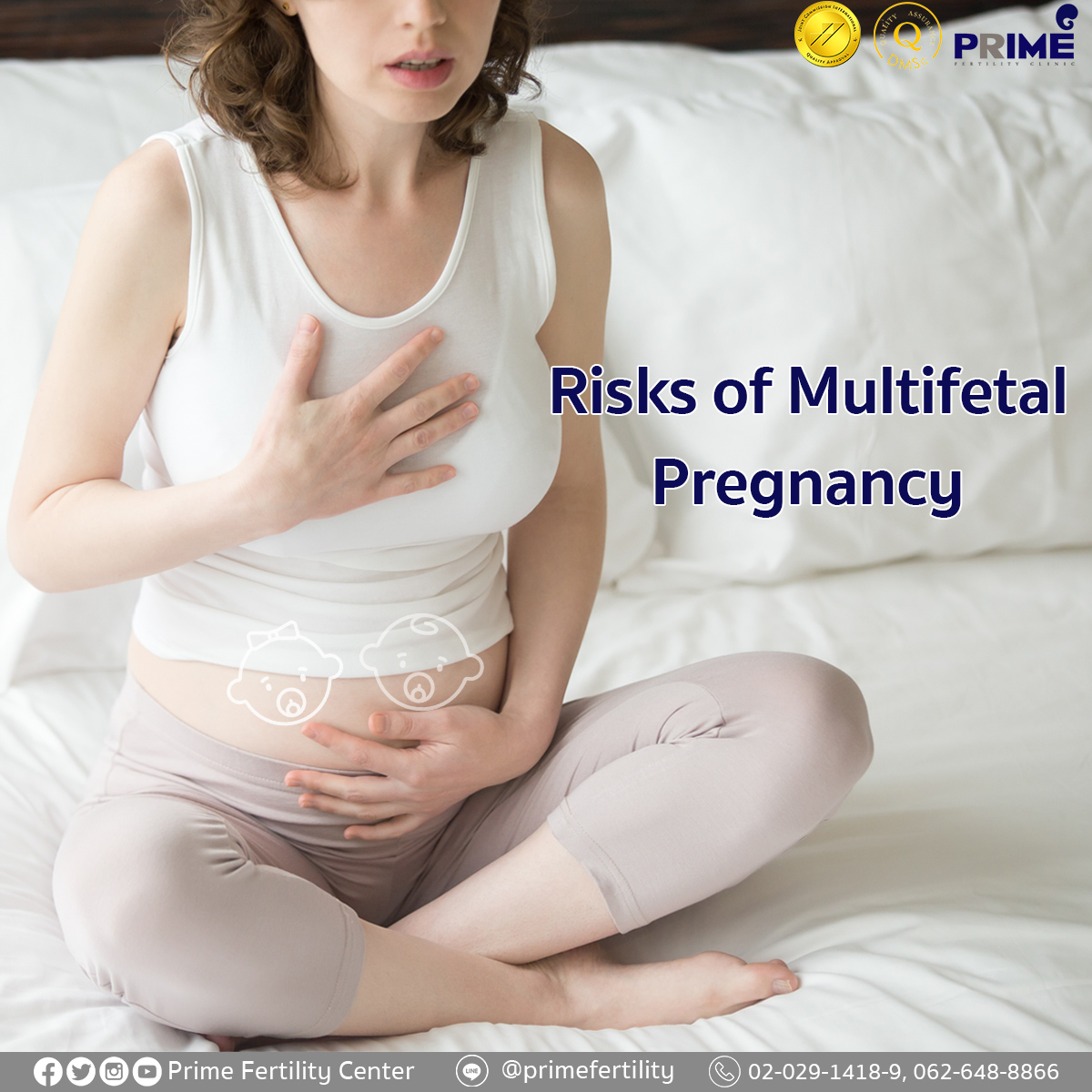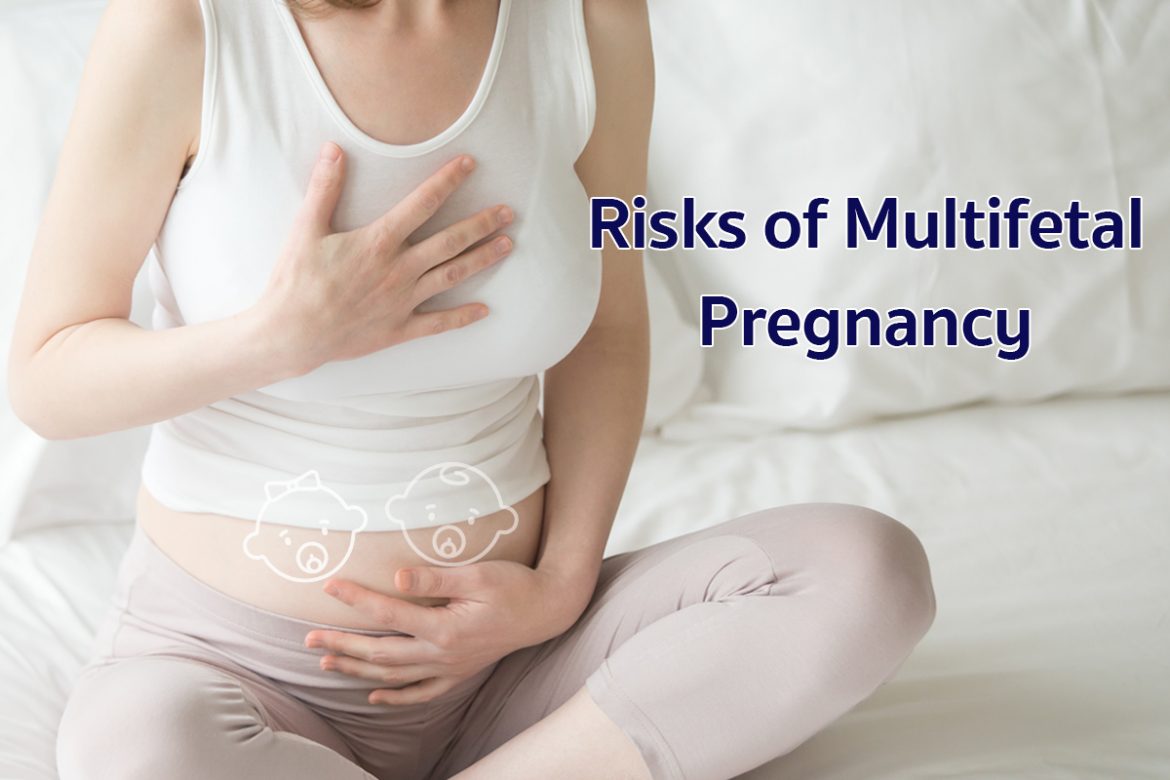
Risks for the baby
- Body structure development becomes defective because of pressure among babies creating congenital anomalies.
- Intrauterine Growth Retardation (IUGR)
- Twin-to-twin transfusion syndrome (TTTS) : A condition of the placenta that can develop with identical twins who share a placenta. Blood vessels connect within the placenta and divert blood from one fetus to the other. Therefore, the recipient fetus receives too much blood, which can overload the cardiovascular system and cause a heart attack while the smaller donor fetus does not get enough blood then having an anemia condition.
- Fetal Death
- Premature labor leads stillbirth or long-term problems such as chronic lung disease, cornea dystrophies.
- Umbilical cord entanglement is a rare condition but mostly found in twin fetuses who share one amniotic sac.
- Some complications can be only seen in the future after birth for examples; communication problems, fine motor – adaptive development.
Risks for the mother
- Having a morning sickness and being fatigued more than a normal pregnancy
- The greater risk of pregnancy loss (miscarriage)
- Iron or nutrition deficiency since the food and the nutrition are delivered to the fetus more than usual
- The greater risk of pre-eclampsia
- Gestational Diabetes
- Premature Labor
- Low birth weight
- Placenta previa leads abnormal vaginal bleeding.
- Cesarean section will be more likely due to unfavorable presentation of the fetus
- Inequality in fetal growth as the nutrition competition among fetuses
- Fetal death because of the umbilical cord entanglement
- Postpartum hemorrhage (heavy bleeding after giving birth) due to a poor contraction of the uterus following childbirth
- Back Pain / Knee Pain / Lumbar Pain
- Hemorrhoids
- Stretch Marks
- Gain weight after giving birth
Reference: Prime Fertility Center Co., Ltd.
https://www.primefertilitycenter.com/en/risks-of-multifetal-pregnancy/




